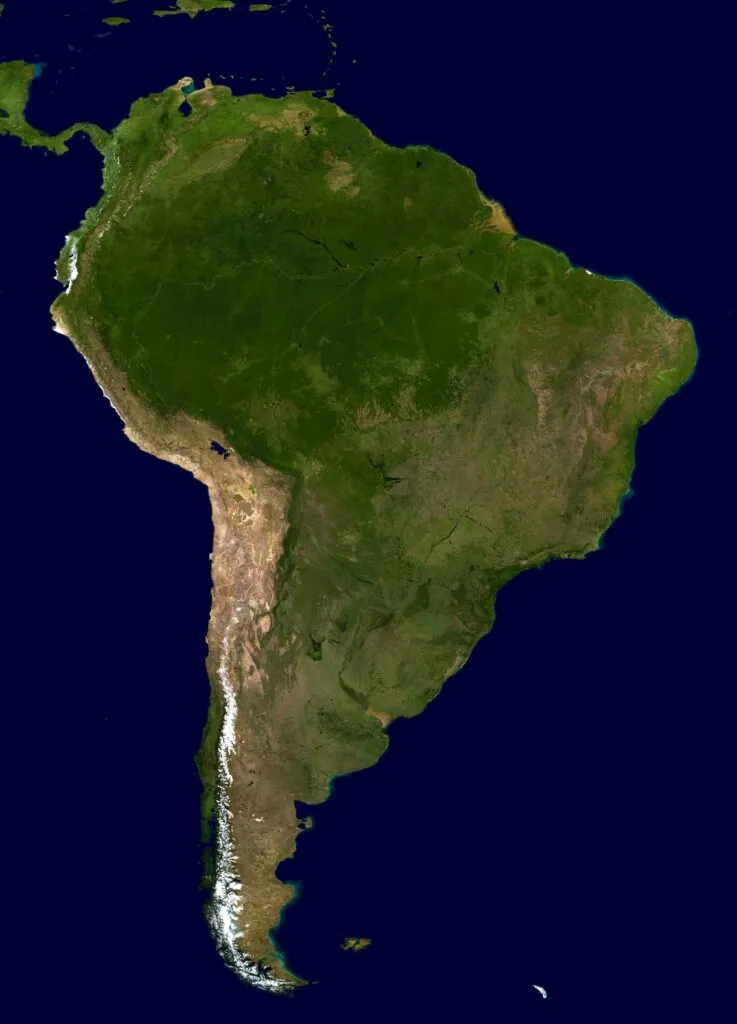The earliest era
The first signs of human life in what we now call Argentina trace back to the Paleolithic era, with additional indications of inhabitants in the Mesolithic and Neolithic times. Before the arrival of Europeans, Argentina’s population was sparse and culturally diverse, with different societal structures. This pre-colonial society can be broadly divided into three categories.
The first category includes simple hunter-gatherers who didn’t make use of pottery, like the Selknam and Yaghan tribes from the far south. The second group is made up of more advanced hunter-gatherers, including the Puelche, Querandí, and Serranos in the center-east and the Tehuelche in the south – all of whom were eventually subjugated by the Mapuche from Chile – and the Kom and Wichi tribes in the north.

The final group encompasses farming communities that used pottery. These include the Charrúa, Minuane, and Guaraní in the northeast, who led semi-nomadic lives, using slash and burn farming techniques. The advanced Diaguita culture, known for its sedentary trade practices, existed in the northwest and fell under Inca rule around 1480. The Toconoté, Hênîa, and Kâmîare tribes were situated in the center of the country, while the Huarpe people in the center-west were known for their llama herding and had significant Inca influences.
Colonial Era
The presence of Europeans in the region dates back to Amerigo Vespucci’s voyage in 1502. Following that, Spanish explorers Juan Díaz de Solís and Sebastian Cabot explored the territory that would become present-day Argentina in 1516 and 1526, respectively. In 1536, Pedro de Mendoza established the small settlement of Buenos Aires, which was later abandoned in 1541.

Subsequent colonization efforts were made by Paraguay, Peru, and Chile, leading to the formation of the Governorate of the Río de la Plata. Over the following years, several cities were founded, including Santiago del Estero in 1553, Londres in 1558, Mendoza in 1561, San Juan in 1562, and San Miguel de Tucumán in 1565. Juan de Garay founded Santa Fe in 1573, and in the same year, Jerónimo Luis de Cabrera established Córdoba. Garay later refounded Buenos Aires in 1580, and the establishment of San Luis followed in 1596.
The Spanish Empire recognized the economic potential of the Argentine territory due to its proximity to the rich silver and gold mines in Bolivia and Peru. Consequently, it became part of the Viceroyalty of Peru until the Viceroyalty of the Río de la Plata was established in 1776, with Buenos Aires as its capital.
In the face of two unsuccessful British invasions in 1806 and 1807, Buenos Aires successfully defended itself. The ideas of the Age of Enlightenment and the examples set by the first Atlantic Revolutions led to criticism of the absolute monarchy that governed the country. The overthrow of Ferdinand VII during the Peninsular War caused significant concern, similar to other parts of Spanish America.




